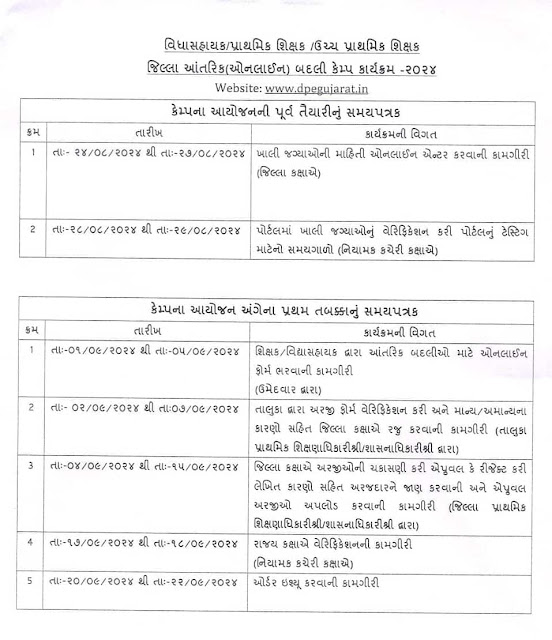BIN ANAMAT VARG NE PARMANPATRA APAVA BABAT PARIPATRA DATE- 30-5-2018.
Modern India's caste system is based on the social groupings called jāti and the theoretical varna. The system of varnas appears in Hindu texts dating back to 1000 BCE and envisages the society divided into four classes: Brahmins (teachers, scholars and priests), Kashatriyas(warriors and nobles), Vaishyas (farmers, traders and artisans) and Shudras (labourers/service providers). The texts do not mention any separate, untouchable category in varna classification. Scholars believe that the system of varnas was a theoretical classification envisioned by the Brahmins, but never truly operational in the society. The practical division of the society had always been in terms of jātis (birth groups), which are not based on any specific principle, but could vary from ethnic origins to occupations. The jātis have been endogamous groups without any fixed hierarchy but subject to vague notions of rank articulated over time based on lifestyle and social, political or economic status. In many instances, as in Bengal, historically the kings and rulers had been called upon, when required, to mediate on the ranks of jātis, which might number in thousands all over the subcontinent and vary by region. In practice, the jātis may or may not fit into the varna classes and many prominent jatis, for example the Jats and Yadavs, straddled two varnas i.e. Kshatriyas and Vaishyas, and the varna status of jātis itself was subject to articulation over time.
Starting with the British colonial Census of 1901 led by Herbert Hope Risley, all the jātis were grouped under the theoretical varnas categories.[7] According to political scientist Lloyd Rudolph, Risley believed that varna, however ancient, could be applied to all the modern castes found in India, and "[he] meant to identify and place several hundred million Indians within it."[8] The terms varna (conceptual classification based on occupation) and jāti (groups) are two distinct concepts: while varna is the idealised four-part division envisaged by the Twice-Borns, jāti (community) refers to the thousands of actual endogamous groups prevalent across the subcontinent. The classical authors scarcely speak of anything other than the varnas, as it provided a convenient shorthand; but a problem arises when even Indologists sometimes confuse the two.[9]
Upon independence from Britain, the Indian Constitution listed 1,108 castes across the country as Scheduled Castes in 1950, for positive discrimination.[10] The Untouchable communities are sometimes called Scheduled Castes, Dalit or Harijan in contemporary literature.[11] In 2001, Dalits were 16.2% of India's population.[12] Most of the 15 million bonded child workers are from the lowest castes.[13][14]
Independent India has witnessed caste-related violence. India's National Crime Records Bureau (NCRB) records crimes against scheduled castes and scheduled tribes – the most disadvantaged groups - in a separate category. In 2005, government recorded approximately 110,000 cases of reported violent acts, including rape and murder, against Dalits [15] For 2012, the government recorded 651 murders, 3,855 injuries, 1,576 rapes, 490 kidnappings, and 214 cases of arson.[16]


